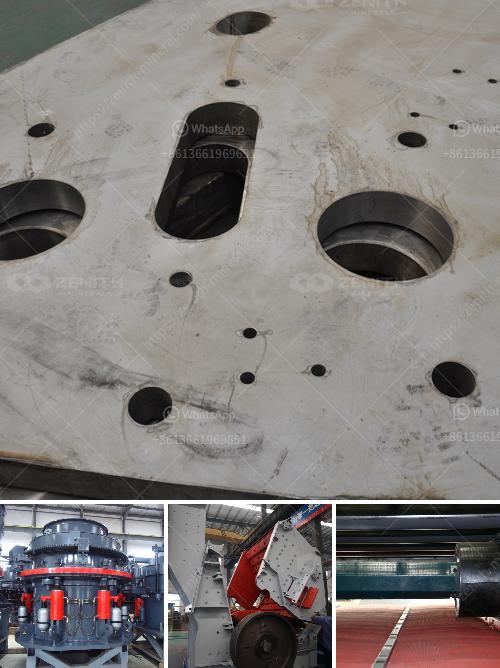Choosing the right grinding media for your ball mill involves considering several key factors to enhance productivity and efficiency. Here are some steps to help you decide:
Material Type: Determine the material you are grinding. Different materials require different media, such as ceramic, steel, or high-density media, to achieve the desired results.
Hardness and Density: Select media with appropriate hardness and density. Harder media typically lead to finer grinding but can cause more wear on the mill and produce unwanted contamination. For example, tungsten carbide media is very hard and ideal for aggressive grinding.
Size and Shape: Choose media size and shape based on the mill’s dimensions and the particle size you aim to achieve. Generally, smaller media provide finer grinding, while larger media are more effective for coarser grind.
Load Amount: Ensure the correct media load for your ball mill. A typical load range is between 30% and 50% of the mill’s volume but can vary depending on the mill type and grinding objectives.
Compatibility: Consider chemical compatibility with the material being milled. Some media can react with the milled substance, affecting purity and resulting in contamination or undesired chemical reactions.
Cost and Durability: Balance cost with durability and performance. High-quality media may be more expensive upfront but can offer longer life and better grinding efficiency, potentially lowering the overall cost.
Supplier Reputation: Source your grinding media from reputable suppliers known for consistency in quality and customer support.
Testing and Adjustment: Begin with small-scale tests before full-scale production to fine-tune grinding parameters and media selection.
By carefully evaluating these factors, you can choose the most suitable grinding media for your ball mill, ensuring optimized grinding performance and cost-effectiveness.
